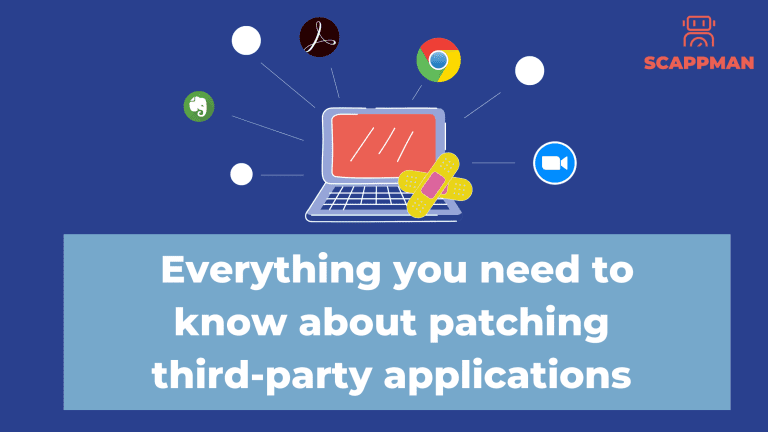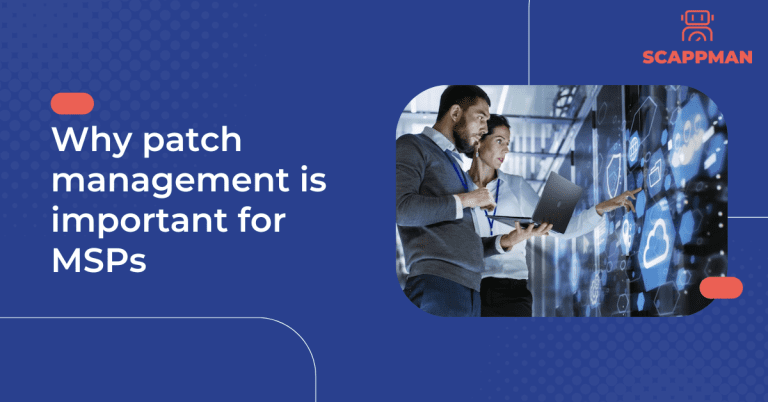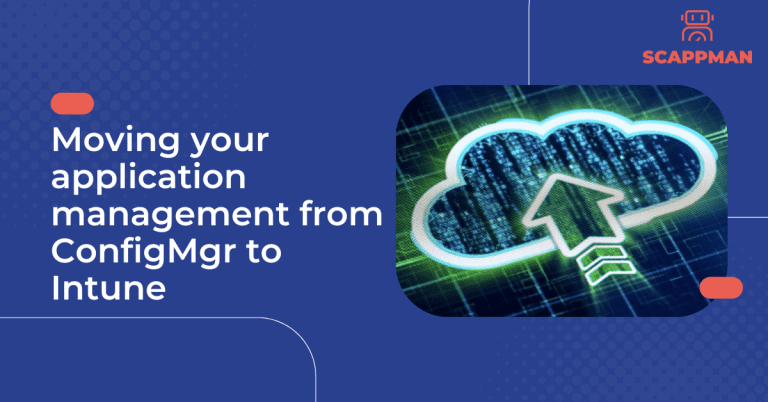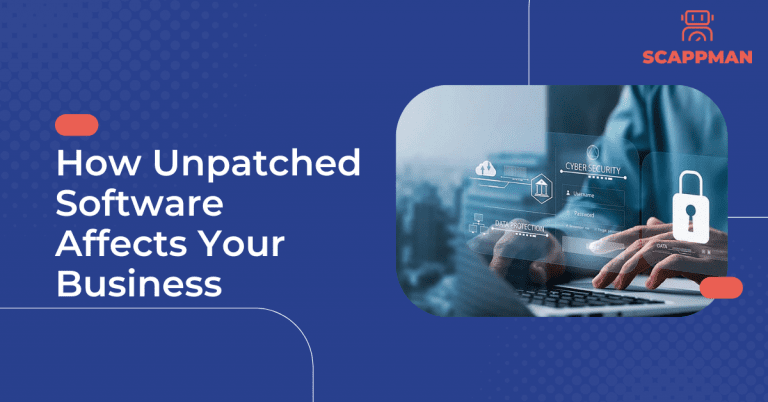Consistent and efficient patch management is crucial for keeping your IT infrastructure up to date and secure. Most endpoint management solutions contain patch management features (Microsoft Patch Tuesday) but patching third-party applications is always overlooked.
In this blog, we’re going to cover what are the third-party applications, what is third-party patching, why it is important, the consequences of neglecting to patch and why you must go for automated third-party patching.
Let’s dive into it.
What are third-party applications?
A third-party application is software created by an independent vendor (company other than the original manufacturer of the device). Examples of third-party apps are Google Chrome, Adobe Acrobat Reader, TeamViewer, Evernote etc. For example, 7-Zip is a popular third-party app used for file compression. Google Chrome is a commonly used browser; Adobe Acrobat Reader is used to view, open, print, and sign PDF files.
On average, a company uses around 110 applications for its day-to-day business operations.
What is Third-party patching and why it’s important
Third-party patching (patch management) is the process of installing patches to third-party applications, that are installed on your company’s endpoints, to address bugs or vulnerabilities in the software. Third-party patching is critical for the security of your organization that prevents data breaches.
Still not sure that you have to implement patch management? Look at these numbers:
- About 75 % of cyber-attacks happen due to vulnerabilities in third-party applications.
- 60% of cyberattacks are caused because applications are not up to date.
- 62% of the companies were unaware that they were vulnerable prior to the data breach.
- 52% of respondents said their organizations are at a disadvantage in responding to vulnerabilities because they use manual processes.
Consequences of neglecting patching third-party applications
The consequences of ignoring third-party patches can be a disaster for your company. There were 20195 security vulnerabilities (CVEs) published in 2021. To compare: in 2020 there were 17050. Unpatched vulnerabilities in third-party apps are a gateway for hackers to enter the corporate network and steal your company’s data.
Every time you don’t patch, you are exposing your endpoints to potential cyberattacks. For example, due to Log4shell vulnerability, the most dangerous exploit, discovered in 2021, only during the first week since detection the number of attacks exploiting the flaw had exceeded one million.
Automating the patch management process enables you to avoid the destructive impact of cyberattacks because of not updated software.
Unlike Microsoft, which updates its products regularly according to the schedule (Patch Tuesdays), third-party application vendors do not follow a specific schedule for patch releases. Normally, they do this when a vulnerability or bug is detected, and the patch fixes it.
The enormous number of third-party applications that companies use makes it impossible to keep track of all the updates and patches available.
Solution? Automated third-party patching!
Automated third-party patching ensures that all your applications are up to date and secure. Needless to say, that automated patch management not only helps keep your endpoints secure and up to date but also lets you get rid of manual patching, saving your time.
Read here about automated patching here:
Automated third-party patching with Scappman
Scappman is a 100%-cloud solution that automatically installs all the necessary updates for your applications. Scappman automates the whole process of uploading the application and updating it in the Microsoft Intune environment. There are more than 600 third-party applications in Scappman App Store, that are always up to date and secure to use. We’ll make sure that hackers can’t use vulnerabilities in outdated applications to steal or encrypt your data.
Scappman scraps the installed applications for the new version and if it’s available, Scappman tests it, wraps the application installation file into .intunewin and uploads it to Intune and installs it to the assigned users. It’s that straight forward.
Learn more about Scappman’s patch management capabilities here.




